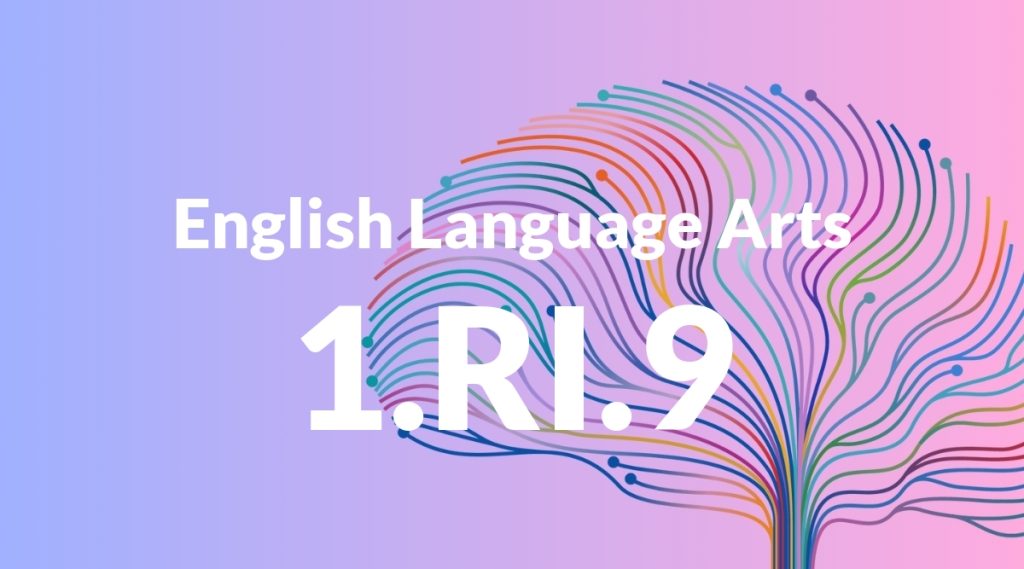Standard: 1.RI.9 – Identify basic similarities in and differences between two texts on the same topic (e.g., in illustrations, descriptions, or procedures).
Grade level: Grade 1
Subject: English Language Arts
Domain: Reading: Informational Text
Teacher Overview
This standard focuses on helping students identify similarities and differences between two texts on the same topic. This skill is crucial for developing critical thinking and comprehension abilities, as it encourages students to compare and contrast information, enhancing their understanding and retention. Students should be familiar with basic text features and have some experience in reading and discussing simple texts. They should also understand how to identify main ideas and key details in a text.
After mastering this standard, students will be able to analyze and synthesize information from multiple texts. This skill will aid in critical thinking and research, preparing them for more complex reading and writing tasks in higher grades.
Common Misconception 1
Students may think that all texts on the same topic will contain the same information. This misconception arises because young readers often expect consistency and may struggle with the concept that different authors can present information in various ways.
Intervention 1
Encourage students to look for specific details and differences in illustrations, descriptions, and procedures between texts. Use graphic organizers to help them visually map out similarities and differences.
Common Misconception 2
Students might believe that differences in texts mean one text is incorrect. This misconception can stem from a lack of understanding that different texts can provide varied perspectives and information.
Intervention 2
Teach students that different texts can present varied perspectives and information, and both can be correct. Use examples to show how different authors might focus on different aspects of the same topic.
Prerequisite Knowledge
Students should be able to understand basic text features and have experience with reading and discussing simple texts.
Subsequent Knowledge
Students will develop the ability to analyze and synthesize information from multiple texts, which will aid in critical thinking and research skills.
Instructional Activities
- Create a Venn diagram to compare two texts on the same topic.
- Group discussion on the differences in illustrations between two books.
- Write a short paragraph describing the similarities and differences between two articles.
- Conduct a class project where students present their findings on two texts about the same subject.




